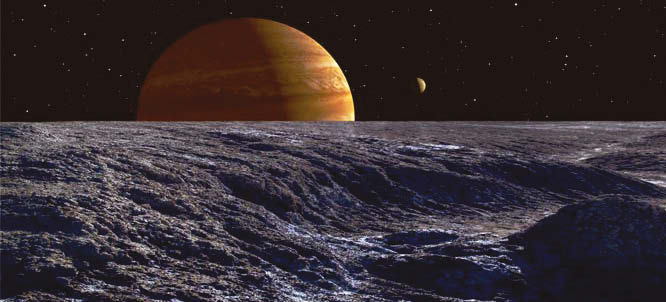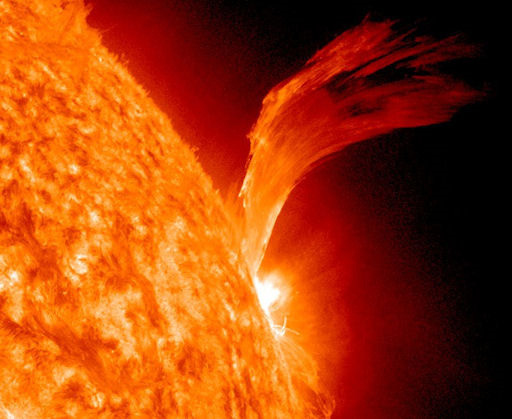
WASHINGTON (TIP): The Europa ocean on Jupiter’s icy moon may have the Earth-like balance of chemical energy necessary for life, even if the moon lacks volcanic hydrothermal activity, a new Nasa study suggests.
Europa is strongly believed to hide a deep ocean of salty liquid water beneath its icy shell. Whether the Jovian moon has the raw materials and chemical energy in the right proportions to support biology is a topic of intense scientific interest.
The answer may hinge on whether Europa has environments where chemicals are matched in the right proportions to power biological processes. Life on Earth exploits such niches.
In a new study, scientists at Nasa’s Jet Propulsion Laboratory (JPL) in California compared Europa’s potential for producing hydrogen and oxygen with that of Earth, through processes that do not directly involve volcanism.
The balance of these two elements is a key indicator of the energy available for life. The study found that the amounts would be comparable in scale; on both worlds, oxygen production is about 10 times higher than hydrogen production.
The work draws attention to the ways that Europa’s rocky interior may be much more complex and possibly Earth-like than people typically think, according to Steve Vance, a planetary scientist at JPL and lead author of the study.
“We’re studying an alien ocean using methods developed to understand the movement of energy and nutrients in Earth’s own systems. The cycling of oxygen and hydrogen in Europa’s ocean will be a major driver for Europa’s ocean chemistry and any life there, just as it is on Earth,” said Vance.
Ultimately, Vance and colleagues want to also understand the cycling of life’s other major elements in the ocean: carbon, nitrogen, phosphorus and sulphur.
The researchers calculated how much hydrogen that could potentially be produced in Europa’s ocean as seawater reacts with rock, in a process called serpentinisation.
In this process, water percolates into spaces between mineral grains and reacts with the rock to form new minerals, releasing hydrogen in the process.
Researchers considered how cracks in Europa’s seafloor likely open up over time, as the moon’s rocky interior continues to cool since its formation billions of years ago.
New cracks expose fresh rock to seawater, where more hydrogen-producing reactions can take place.
In Earth’s oceanic crust, such fractures are believed to penetrate to a depth of 5 to 6 kilometres. On present-day Europa, the researchers expect water could reach as deep as 25 kilometres into the rocky interior, driving these key chemical reactions throughout a deeper fraction of Europa’s seafloor.
The other half of Europa’s chemical-energy-for-life equation would be provided by oxidants – oxygen and other compounds that could react with the hydrogen – being cycled into the Europan ocean from the icy surface above.
Europa is bathed in radiation from Jupiter, which splits apart water ice molecules to create these materials.





Be the first to comment